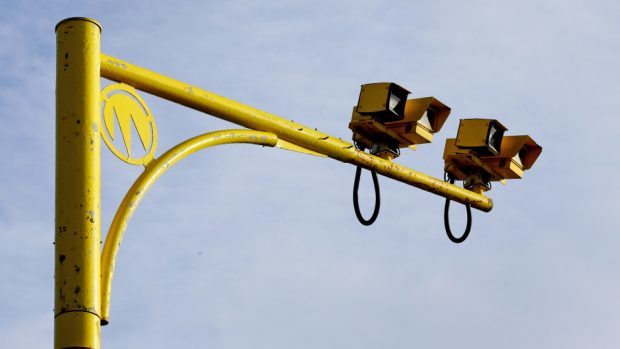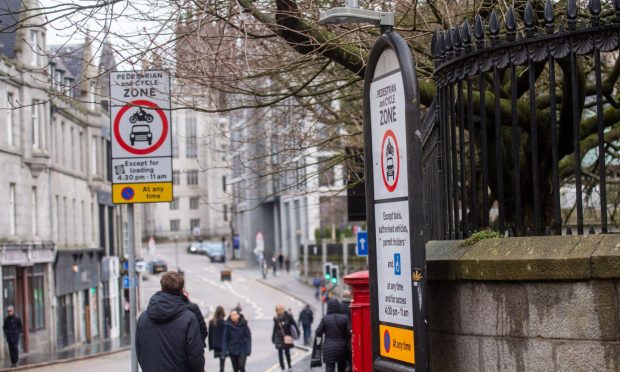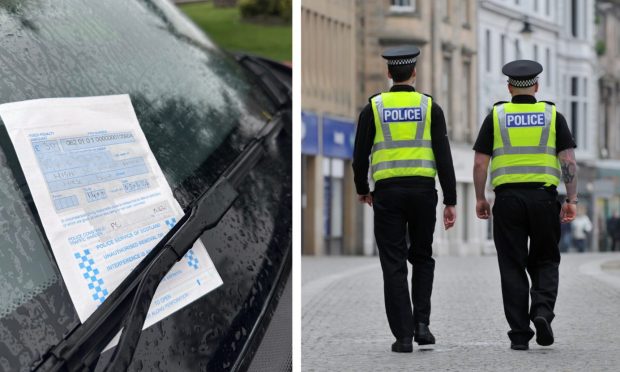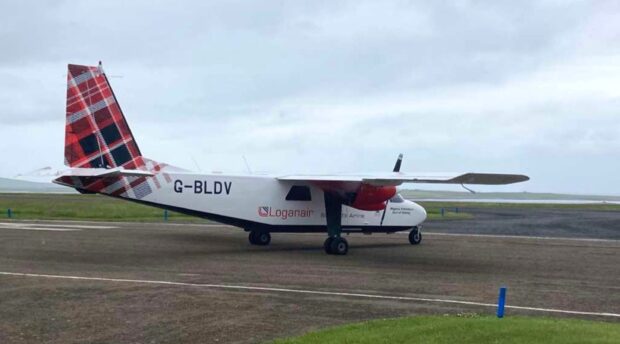Controversial average speed cameras have dramatically cut speeding rates on the north-east’s busiest road, according to a new study.
Surveys carried out along the A90 between Dundee and Stonehaven have found that 99% of drivers are now complying with the speed limit, compared to just 40% before the devices were introduced.
Transport chiefs last night hailed the results as “compelling evidence” that the cameras were transforming driver behaviour since they were switched on at 30 sites across the 51.5-mile stretch of road last year.
However, north-east MSP Liam Kerr said the £2million cameras were only “one part of a robust solution”, and that “significant stretches” of the road remained “unsafe and require urgent upgrading”.
The speed surveys were carried out at a series of locations on the A90 north and southbound last month.
Transport Scotland said that the study also found that the number of vehicles travelling at more than 10mph above the speed limit had been plummeted from one-in-five to one-in-5,000.
Transport Minister Humza Yousaf said: “These findings add to the compelling evidence that average speed cameras help to transform driver behaviour.
“I’m confident that this encouraging improvement in speed limit compliance along the length of the A90 will help to reduce casualties in the same way as has been achieved with similar average speed cameras on the A77 and A9.
“While the previous strategy of fixed cameras and mobile enforcement saw casualties reduce at a number of camera locations across the route, the £2million investment in average speed cameras on the A90 have had a significant positive impact over the 51.5 mile stretch of the A90 in a very short period.”
Chief Inspector Stewart Mackie, area commander for road policing north, said: “I am delighted that the initial results from this project has had such a dramatic effect on driver behaviour, which is what they were intended to do.
“Reducing excessive speed on this road directly corresponds with reducing the chances of people being injured and killed in road traffic collisions.”
Scottish Conservative MSP Mr Kerr said: “I am pleased to see this section of the A90 is witnessing far fewer speeding drivers than a few years ago.
“Average speed cameras are only one part of a robust solution to making safer roads, however. Eliminating accidents is the ideal outcome for everyone.
“Scottish Conservative research recently found almost half of the road accidents between Aberdeen and Dundee involved junctions, slip roads and roundabouts.
“There are significant stretches of road which are unsafe and require urgent upgrading to meet modern standards.”










